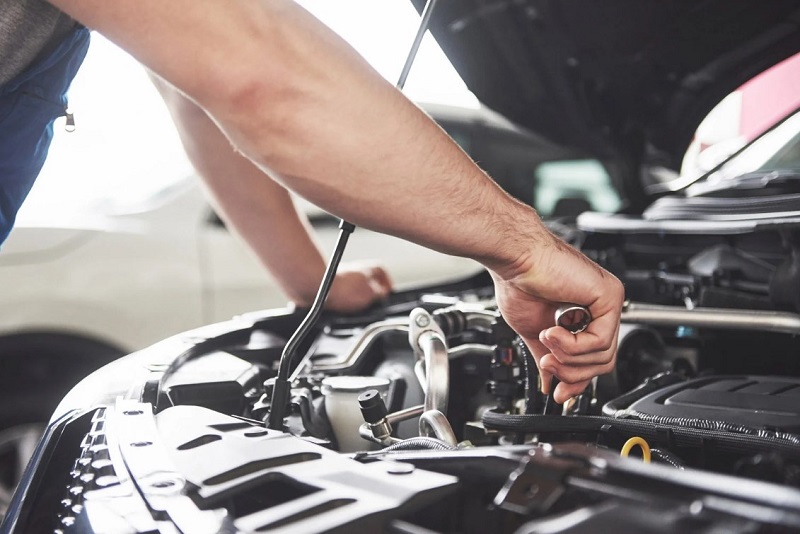3 Ways to Prevent Most Vehicle Breakdowns

Do Unto Your Vehicles Before They Undo You. Whether you own 3 vehicles or 3,000, managing the “health” of your entire fleet is essential to providing reliable and timely service to your customers.
Vehicles that break down while on the job can be quite costly in terms of both cash and customer confidence. Major repairs are expensive and customers have limited patience for repeated excuses. The good news is that many vehicle breakdowns can be easily prevented by following a comprehensive vehicle maintenance program.
To ensure that your fleet vehicles are always running at peak performance requires a preventive maintenance program that covers both daily and long-term care for each vehicle. Ideally, drivers and vehicle service technicians need to work closely together to keep vehicles in the best possible operating condition.
1. Daily Maintenance
Drivers are the front-line defense when tackling vehicle care and maintenance. Those who are assigned to the same vehicle every day know the vehicle better than anyone. They’re the first ones to sense when something doesn’t feel, sound or smell quite right. Encourage them to take an active role in reporting potential problems before they turn into major repairs. Try starting an incentive program to reward drivers for keeping routine vehicle maintenance checks current. The money you save in the long run will be worth the investment.
Fleets that include vehicles with multiple drivers need to be more vigilant about preventive maintenance. Perhaps a required checklist in each vehicle will encourage each driver to ensure the vehicle’s maintenance schedule is being met on time.
2. Daily Checks
Reporting the level in the gas tank shouldn’t be the only item in a vehicle that is checked on a daily basis. A driver’s daily check should include:
Exterior and Tires: Check the outside of the vehicle for signs of trouble. Look for leaking fluids, especially on the ground underneath the vehicle. Check for damage that may have occurred when the driver was away from the vehicle. A new dent could mean other “unseen” damage has occurred as well.
Essential Fluids: Check the fluid levels under the hood. Driving on low or dirty oil, brake fluid, or transmission fluid can cause serious problems out on the road and lead to expensive damage or vehicle failure. Even windshield wiper fluid should count as an essential fluid. A driver’s ability to see clearly can prevent both minor and major accidents.
Tires: Check tires for overly worn or uneven tread, cracks, and embedded objects. Flats and blowouts are notorious causes of delays and accidents. Check the tire pressure often. Correct pressure will extend tire life and improve handling and fuel economy. The manufacturer’s recommended tire pressure can be found on the driver’s side door post, glove compartment, or in the owner’s manual.
Warning Lights: Pay attention to the warnings! The computer systems in today’s vehicles are designed to warn drivers of impending dangers. Ignoring warnings or delaying action is unsafe and potentially deadly. Get the vehicle checked as soon as possible when a vehicle warning sensor indicates a potential problem.
3. Long-Term Maintenance
If reducing major vehicle repairs for your fleet is your goal, long-term preventive maintenance is essential. Every vehicle in the fleet should be on a routine maintenance schedule guided by the vehicle manufacturer’s recommendations. Maintenance records should be kept up to date and monitored regularly for compliance. Giving drivers early notice that routine maintenance is coming up will help them schedule the work at a convenient time rather than causing delays when the work becomes mandatory.
Keeping close tabs on the maintenance history of every vehicle and ensuring that preventive maintenance is done on time will go a long way toward keeping your fleet off the lift and on the road.

